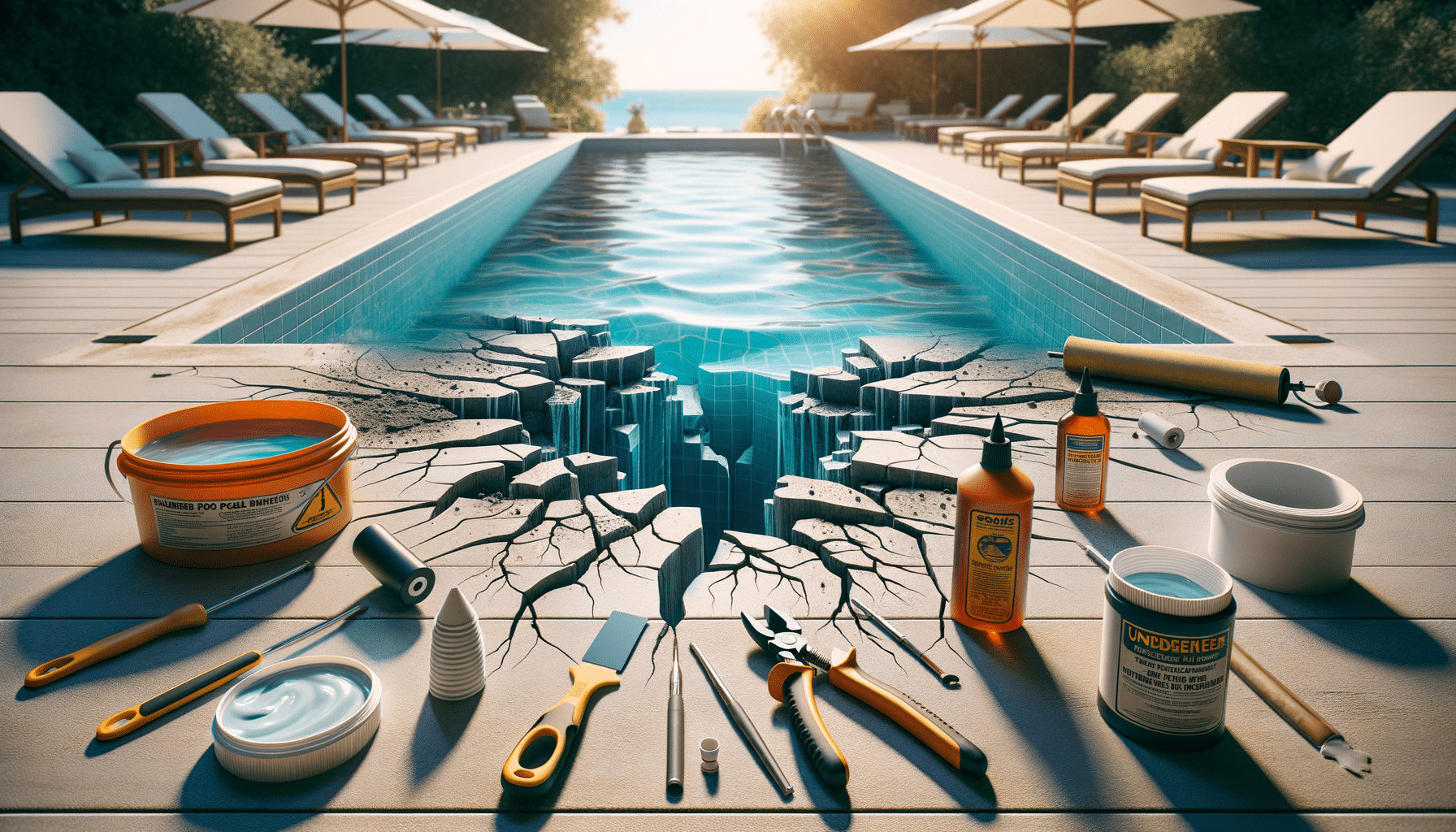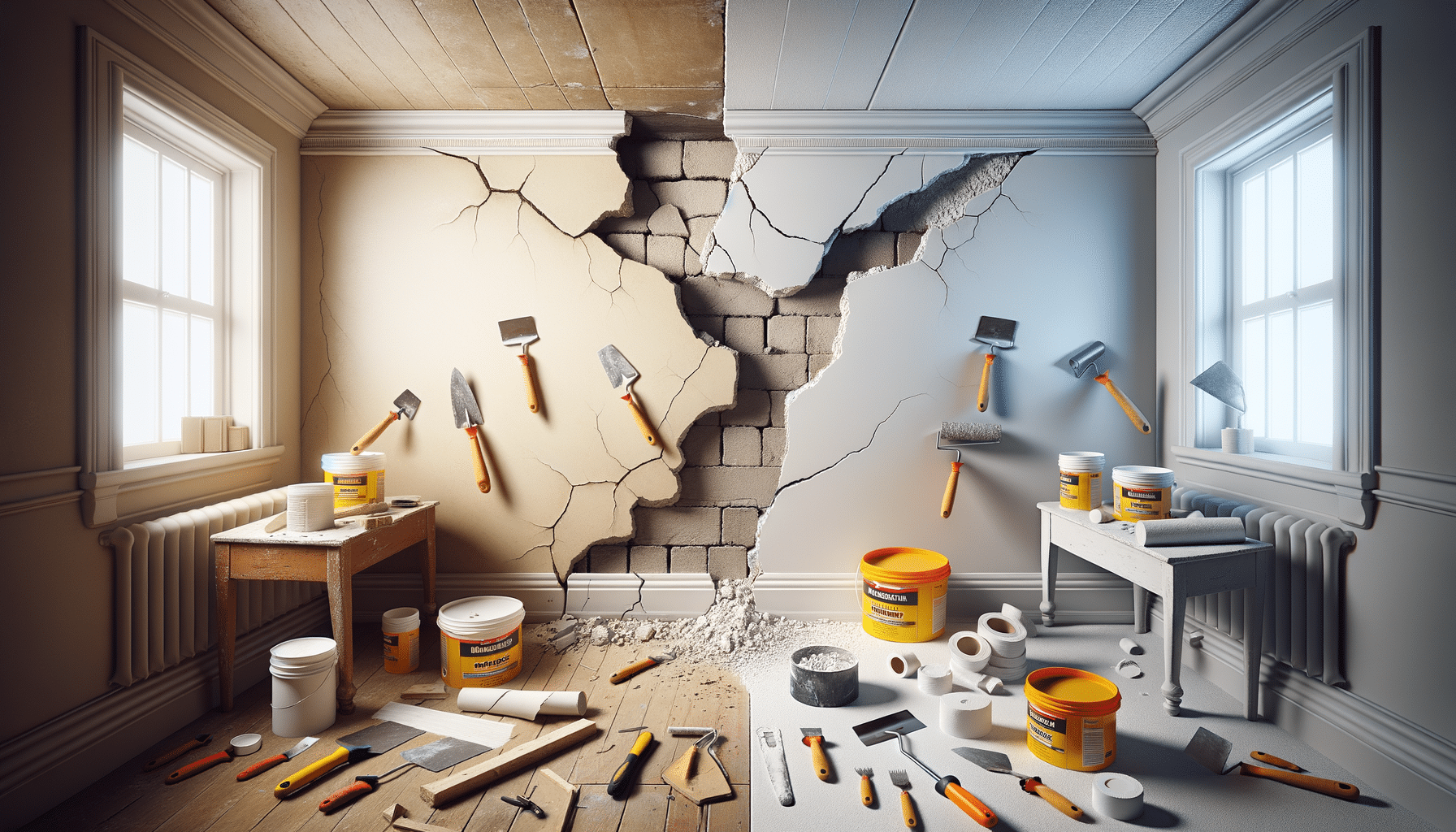
How to Fix Pool Cracks This Summer Before They Get Worse
Understanding the Causes of Pool Cracks
Swimming pools, like any other structure, can develop cracks over time due to various factors. Understanding these causes is the first step in effectively addressing the issue. One primary cause of pool cracks is ground movement. As the earth shifts, it can exert pressure on the pool structure, leading to cracks. Additionally, poor construction techniques can result in weak points that are susceptible to cracking. Another contributing factor is temperature fluctuations, which can cause expansion and contraction of the pool materials, leading to stress fractures.
To effectively manage these issues, pool owners should regularly inspect their pools for any signs of cracking. Early detection can prevent minor cracks from developing into major problems. Moreover, maintaining a stable water level and ensuring proper drainage around the pool can reduce the risk of cracks caused by ground movement. By understanding the underlying causes, pool owners can take proactive steps to maintain the integrity of their pools.
Identifying Different Types of Pool Cracks
Not all pool cracks are created equal, and identifying the type of crack is crucial for determining the appropriate repair method. Generally, pool cracks can be categorized into structural and surface cracks. Structural cracks are more severe as they indicate damage to the pool’s foundation, often requiring professional intervention. These cracks can be identified by their size and depth, typically extending through the pool shell.
In contrast, surface cracks are usually cosmetic and can be repaired with less extensive measures. These are often hairline cracks that appear on the plaster or tile surface. It’s important for pool owners to regularly inspect their pools to differentiate between these types of cracks. A simple way to test the severity of a crack is to apply dye near the crack and observe if it gets sucked in, which indicates a deeper structural issue.
Understanding the distinction between structural and surface cracks helps in deciding whether a DIY approach is feasible or if professional help is needed. This knowledge empowers pool owners to make informed decisions about their pool maintenance and repair strategies.
DIY Repair Techniques for Minor Cracks
For those who enjoy tackling home improvement projects, repairing minor pool cracks can be a manageable task. Before beginning any repair, it’s essential to thoroughly clean the area around the crack to ensure proper adhesion of repair materials. A common DIY method for fixing minor cracks involves using a two-part epoxy or a specialized pool repair putty. These materials are designed to bond well with pool surfaces and provide a durable seal.
To start, mix the epoxy or putty according to the manufacturer’s instructions, then apply it directly into the crack, ensuring it is filled completely. Smooth the surface with a putty knife to ensure a seamless finish. It’s important to follow the curing times specified by the product to ensure a long-lasting repair.
While DIY repairs can be effective for minor surface cracks, it’s crucial to monitor the repaired area over time. If the crack reappears or worsens, it may indicate a deeper issue that requires professional assessment. By taking a proactive approach, pool owners can extend the life of their pools and maintain their aesthetic appeal.
When to Call a Professional
While minor cracks can often be addressed with DIY methods, there are situations where professional intervention is necessary. Structural cracks, for instance, pose a significant risk to the pool’s integrity and safety. These types of cracks often require specialized equipment and expertise to repair effectively. Additionally, if a pool owner is unsure about the severity of a crack, consulting a professional can provide peace of mind and prevent further damage.
Professionals can conduct a thorough inspection to determine the root cause of the cracking and recommend the most appropriate repair techniques. They have access to advanced materials and methods that ensure a comprehensive and durable repair. Moreover, addressing structural issues promptly can prevent costly repairs down the line and extend the life of the pool.
Ultimately, knowing when to call in a professional is a key aspect of responsible pool ownership. By leveraging expert knowledge and skills, pool owners can ensure their pools remain safe, functional, and visually appealing for years to come.
Preventative Measures to Avoid Future Cracks
Preventing pool cracks is often more cost-effective and less stressful than repairing them. Regular maintenance and inspections are crucial in identifying potential issues before they develop into serious problems. One preventative measure is to maintain a consistent water level, as fluctuations can lead to stress on the pool structure. Ensuring proper drainage around the pool can also mitigate the risk of ground movement affecting the pool’s foundation.
Additionally, pool owners should be mindful of the surrounding environment. Trees with extensive root systems, for example, can exert pressure on the pool structure, leading to cracks. Regular pruning and landscaping can help manage these risks. Another important aspect of prevention is the use of high-quality materials during pool construction or renovation, as these are less prone to cracking.
By adopting these preventative strategies, pool owners can enjoy their pools with fewer interruptions and avoid the costs associated with extensive repairs. A proactive approach not only preserves the pool’s aesthetic and functional qualities but also enhances its longevity.


